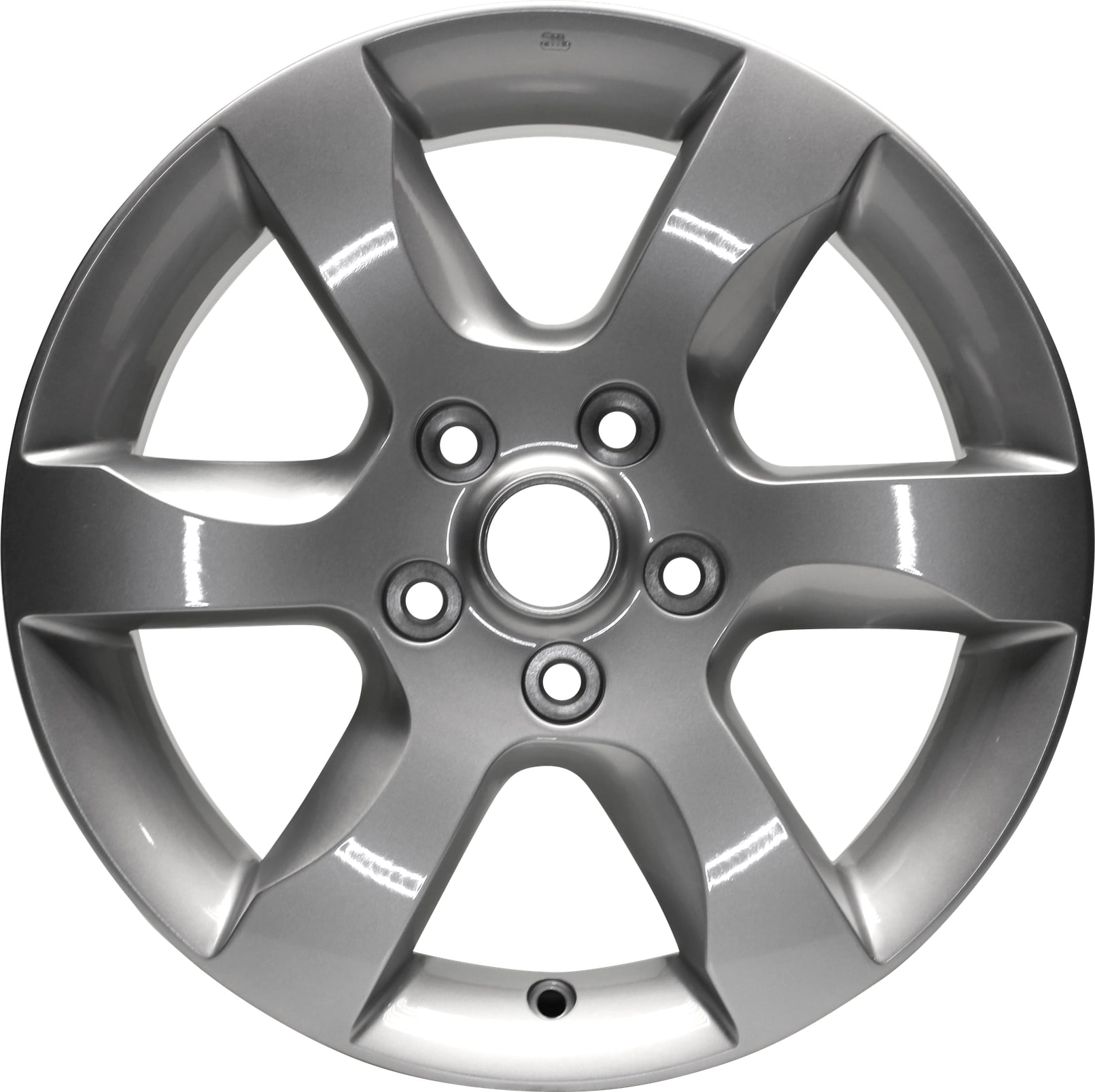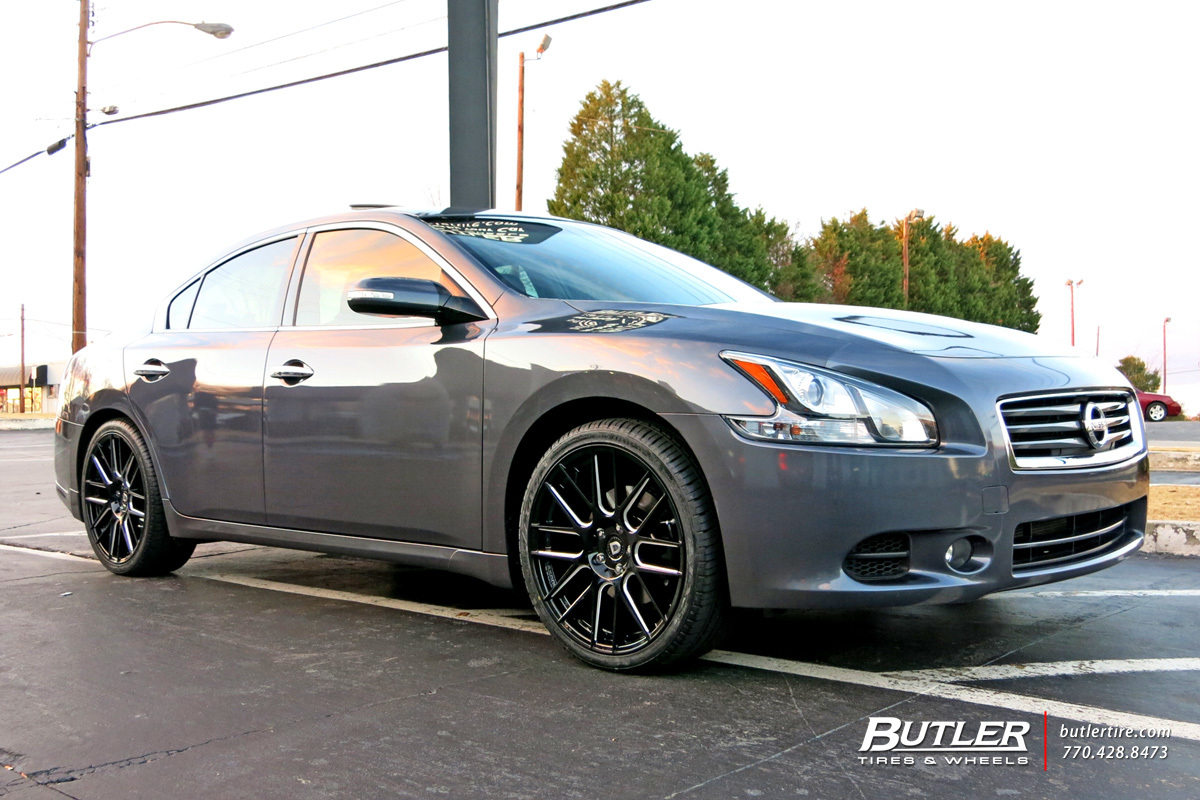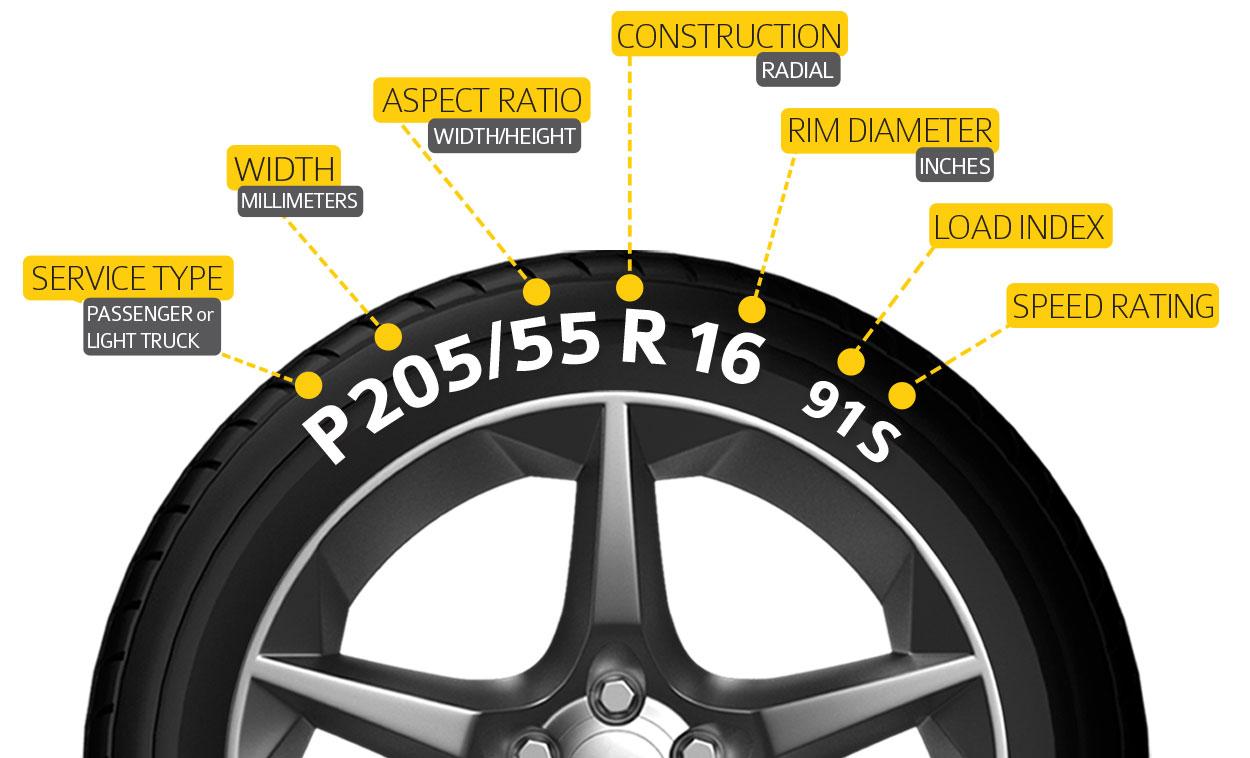Nissan Altima tires come in several sizes and pressures, but the most common is the Michelin Pilot Super Sport. The pressure range for these tires is pressures from 120 to 145 psi. For some inexplicable reason, Nissan dealers seem to only stock the pressure range of 95-105 psi. If you’re trying to find a tire size that’s right for your car, it can be helpful to know what pressure your vehicle’s tire pressure should be.
What size tires fit my nissan altima ?

If you’re looking for a tire that fits your Nissan Altima, our selection of tires is sure to meet your needs. Our selection of tires offers a variety of sizes to fit any car, so we can ensure that you get the right tire for your needs. We have all-season tires and snow tires to choose from, so you’re sure to find the right tire for your vehicle. Whether you’re looking for a summer or winter tire, we have them all here at NOS Tire Center.
For this reason, let’s get started with the safety aspects of your 2014 Nissan Altima: their standard professional recommendation every time is to switch tires with the original size ones – defined by the manufacturer. Changing a detail for a non-authentic one could have effect on functionality of your vehicle.
Moreover, switching tires for non-original items will imply warranty coverage. Here are charts with every available 2014 Nissan Altima trim, so one just need to enter these data and a year of manufacture to view all the options swiftly.
The Altima fits in the Nissan lineup between the Sentra and Maxima as a mid-size sedan and has always been produced in the U.S. If you’re in the market for replacement tires, you’ve come to the right place.
These tires are a great option for your Altima, and they have an even wider selection of tires available. they offer fast and free delivery to your home or to a local installer.
How to Find the Right Tires for Your nissan altima
When buying tires for your Nissan altima, it is important to choose the right ones for your vehicle. There are a variety of factors that you need to consider, such as the type of terrain that your Altima will be driving on, the size of your vehicle, and the budget. Here are some tips on how to find the right tires for your Altima
- Check out online reviews to get an idea of what other drivers have had to say about the tires they’ve used. This can help you determine whether or not others have had positive experiences with the tire in question.
- Ask friends and family members if they know of any good deals on new tires or fresh installations. This can help you save money on your purchase.
- Look at car models to see which types of tires are available for them.
Check your existing tires. Your Nissan Altima’s rim size is the number to the right of the R. In the example pictured here, the tire size fits 16-inch rims.
The original tire size for your 2019 Nissan Altima is listed below. Tap on the box to view a color-coded explanation of your Nissan Altima’s’ tire size.
If you are in the market for new tires for your Nissan Altima, you have come to the right place.
One thing to keep in mind with these tires is that they are not the quietest on the market. If you are looking for a tire that will be comfortable and quiet then you might want to look elsewhere.
they have partnered with Goodyear and Justtires.com to offer the best deal on the best tires on the market to their readers. If you click on the button below, they will take you to their exclusive discount page.
Is it OK to put different size tires on a nissan altima ?

If you’re looking to increase your altima’s performance, you may want to consider putting larger tires on it. However, before doing so, you should first check with your vehicle’s manufacturer to make sure they are compatible with the car.
Place suitable blocks 1 at both the front and back of the wheel diagonally opposite the flat tire 2 to prevent the vehicle from moving when it is jacked up.
3. To lift the vehicle, securely hold the jack lever and rod with both hands. Carefully raise the vehicle until the tire clears the ground. Remove the wheel nuts, and then remove the tire.
2. Place the jack directly under the jack-up point as illustrated so the top of the jack contacts the vehicle at the jack-up point.
1. Loosen each wheel nut one or two turns by turning counterclockwise with the wheel nut wrench. Do not remove the wheel nuts until the tire is off the ground.
Different size tires on a nissan altima: OK or not?
When it comes to tires, most people think in terms of width and diameter.Width is the size of the tire in inches, while diameter is how many inches the tire can cover. But what about the other important dimension, type? There are two main types of tires: Performance Tires and Standard Tires. Performance Tires are designed for high performance driving, while Standard Tires are perfect for everyday use. But which size tire should you choose for your Nissan Altima? Let’s take a closer look at each category and see which one might be best for your vehicle.
Performance Tires: If you’re looking for a high performance tyre that will help you achieve faster speeds or handle more stress on the road, then a performance tyre is the way to go.
Is it safe to have different size tires on a nissan altima ?
Nissan altima drivers should be cautious when choosing different size tires on their car, as the potential consequences could range from minor issues to more serious ones. While there are no guarantees in life, the advice below could help keep you and your Altima safe. Choose the right size tire for your car based on its specific needs.
For example, a small car like an Altima might need a smaller diameter tire to achieve optimal performance, while a larger SUV like the Nissan Maxima may require a larger diameter tire to achieve optimal fuel economy. If you don’t know what your car’s specific needs are, ask a friend or family member who does. When making your decision about which size tire to buy, also consider factors such as inflation pressure and wear rates.
What are the risks of having different size tires on a nissan altima ?
There are a variety of risks associated with having different size tires on a Nissan altima. One of the most important factors to consider when choosing tires is their risk of causing damage to the car or its equipment. When choosing a tire size, be sure to factor in the potential for damage and how much weight you plan to put on it. Additionally, make sure that the tire size is compatible with your vehicle’s wheels and hubcaps.
How to ensure safety when using different size tires on a nissan altima
When using different size tires on a Nissan altima, it is important to ensure that the tires are of the correct size. A tiresize can have a significant impact on the performance and safety of a car. By consulting with a mechanic, you can ensure that your Altima is operating safely and efficiently.
How to get the best performance from your nissan altima with different size tires
If you’re looking to get the best performance out of your Nissan Altima, there are a few things you can do to help. One is to change the size of your tires. Another is to adjust the way your car funktionally shifts gears. And finally, you can keep an eye on your fuel economy and make tweaks to your driving habits if necessary. All of these things will have an impact on how well your Altima performs.
How do you check tire size on nissan altima?

Nissan Altima owners can check tire size on their vehicle using a variety of methods, including air pressure and weight. Before purchasing tires, it’s important to make sure the vehicle is in proper condition by checking for any needed repairs and services.
Don’t worry. they’ve got you covered. This article will instruct you how to handle when your Nissan Altima encounters TPMS errors.
Also, check for the recommended PSI on a sticker inside the driver’s door. You should keep all four tires in this pressure to minimize the TPMS error.
But for the most part, you will encounter a low tire pressure. The situation can be due to a sudden temperature drop, a leak, or a tiny puncture. If this is the case, scroll down to know how to address it.
The Nissan Altima is a mid-size sedan that is practical and fun to drive. However, to exploit all of the above advantages, you need to equip a suitable tire model.
Although there are still some disadvantages, Goodyear Assurance WeatherReady is still one of the tires with many advantages that you should choose for your Nissan Altima.
However, that does not mean that the representative from Yokohama is inferior to any other product on the list. On the contrary, you can find a lot of new technology in this affordable tire model.
If you learn about tires and how they work, you’ll understand that increasing contact area also means improving ice traction – the kind of traction that any winter tire manufacturer has.
How to make sure your nissan altima has the correct tire size
Nissan altima tire size conversion chart When buying a new set of tires for your Nissan altima, it is important to understand the tire size conversion chart in order to make sure you are getting the correct tire size. The wheel diameter and inch count will determine the tire size. For more information on the Nissan altima tire size conversion chart, please visit our website or contact one of our friendly customer service representatives.
nissan altima tire pressure
There are a few things you need to know about the pressure on your Nissan altima tires if you’re driving them regularly. First, make sure that your altima’s tire pressure is at least DOT-11. If it’s not, you should replace the tires as soon as possible. Second, make sure that your altima’s air pressure is also at least DOT-11. If it isn’t, you should have it checked out by a mechanic or authorize an NHTSA safety recall for models with low air pressures.
Finally, make sure that your altima’s brakes are working properly and that they have enough power to stop the car in case of a emergency.
3 Cold tire pressure: Inflate the tires to this pressure when the tires are cold.
It monitors tire pressure of all tires except the spare. When the low tire pressure warning light is lit and the “Tire Pressure Low – Add Air” warning appears in the vehicle information display, one or more of your tires is significantly under-inflated.
Check the tire pressures (including the spare) often and always prior to long distance trips. The recommended tire pressure specifications are shown on the F.M.V.S.S./C.M.V.S.S. certification label or the Tire and Loading Information label under the “Cold Tire Pressure” heading.
The “Tire Pressure Low – Add Air” warning turns off when the low tire pressure warning light turns off.
For additional information, see “Low tire pressure warning light” in the “Instruments and controls” section, “Tire Pressure Monitoring System (TPMS)” in the “In case of emergency” section and “Tire Pressure” in the “Maintenance and doit- yourself” section.
● The “Tire Pressure Low – Add Air” warning does not appear if the low tire pressure warning light illuminates to indicate a TPMS malfunction.
How to Check Your nissan altima Tire Pressure
If you’re like most drivers, you probably check your nissan altima tire pressure at least once a year. But what if you don’t know how to do it? Here’s how to check your nissan altima tire pressure
- Open the car door and remove the key from the ignition.
- Remove the 10-poundbell from under the passenger seat. The object should be stable for about 5 seconds.
- Leave both objects in place for about 30 seconds.
- If one penny has started to move, it means that your altima’s tire pressure is too low.
Why It’s Important to Maintain Proper Tire Pressure in Your nissan altima
Tires need to be pressure-checked regularly in order to ensure they are in the best condition possible. When properly inflated, tires can provide a smooth ride and reduce bounce. However, if check tire pressure is not done regularly, it’s also important to make sure there is enough air in the tires for them to work properly. When too much air is present in a tire, it can cause it to leak and cause the car to perform poorly on the road. Maintaining proper tire pressure is an important part of keeping your Nissan altima running smoothly and soundly.
Tips for Keeping Your nissan altima Tires in Good Condition
If you’re like most people, you know that keeping your car’s tires in good condition is important. But what do you do if they don’t seem to be keeping up with the demands of your driving? Let’s take a look at some tips on how to keep your Nissan altima tires in good condition
- Regularly clean the inside and outside of your tires with a soft, lint-free cloth. Here are more tips on how to clean your car
- https://www.youtube.com/watch?v=6CHGKf4yjZE&t=2s
- Make sure that all of the air pockets in each tire are inflated to around 21 psi or higher. This will help decrease air pressure within the tire and increase tread life.
Although there are still some disadvantages, Goodyear Assurance WeatherReady is still one of the tires with many advantages that you should choose for your Nissan Altima.
Therefore, even in icy conditions, the tires still make quite a good contact with the road, thereby providing the feeling of security you are always looking for.
Like many other Michelin brand tires, Crossclimate 2 has a slightly higher price than average. However, I still stand by my point: this tire model is a worthwhile investment if you are looking for a product with wet handling for your Altima.
If you are in the market for new tires for your Nissan Altima, you have come to the right place.
One thing to keep in mind with these tires is that they are not the quietest on the market. If you are looking for a tire that will be comfortable and quiet then you might want to look elsewhere.
The main issue they have with these tires is that they don’t offer a lot of feedback and traction in the wet, which can make them dangerous to use in these conditions.
When to Check Your nissan altima Tire Pressure
When to Check Your Nissan Altima Tire Pressure The average nissan altima tire pressure is 116 pounds per square inch. If the pressure in your Altima’s tires falls below this number, it is recommended you check them. The following are some tips on when to check your Altima tire pressure: -If your Altima has a digital gauge, keep track of the reading.
This will allow you to determine when to replace your tires if necessary. -If you notice that the pressure in your tires has been dropping too often or if they’re getting harder and harder to start, it is time to replace them. -If the altitude or temperature is causing the pressure in your tires to decrease quickly, it is time for a new set of tires.
How to Reset the Tire Pressure Monitoring System in Your nissan altima
If you have a Nissan Altima and don’t know how to reset the tire pressure monitoring system, now is the time to learn! This simple process will allow you to get your car back on the road as quickly as possible. Here’s how
- Open the hood and remove your battery.
- Make sure there isn’t any air left in the tire.
- Replace all screws on both sides of monitor, then reattach battery and returnhood to their rightful position.
For additional information, see “Low tire pressure warning light” in the “Instruments and controls” section, “Tire Pressure Monitoring System (TPMS)” in the “In case of emergency” section and “Tire Pressure” in the “Maintenance and doit- yourself” section.
Each tire, including the spare (if provided), should be checked monthly when cold and inflated to the inflation pressure recommended by the vehicle manufacturer on the vehicle placard or tire inflation pressure label. (If your vehicle has tires of a different size than the size indicated on the placard or tire inflation pressure label, you should determine the proper tire inflation pressure for those tires.) As an added safety feature, your vehicle has been equipped with a Tire Pressure Monitoring System (TPMS) that illuminates a low tire pressure telltale when one or more of your tires is significantly under-inflated.
Accordingly, when the low tire pressure telltale illuminates, you should stop and check your tires as soon as possible, and inflate them to the proper pressure. Driving on a significantly under-inflated tire causes the tire to overheat and can lead to tire failure. Under-inflation also reduces fuel efficiency and tire tread life, and may affect the vehicle’s handling and stopping ability.
The End
The Nissan Altima tire size and pressurefaqs can be a little confusing. However, with the right information, you should be able to get your car driving smoothly and evenly.